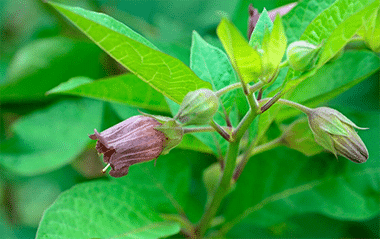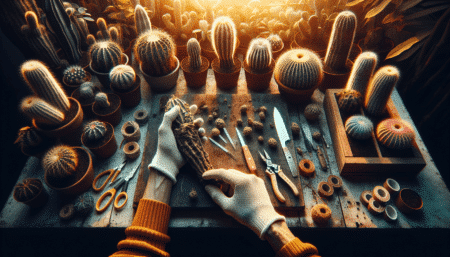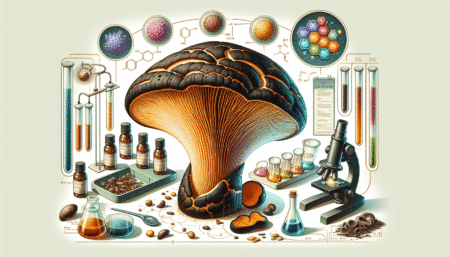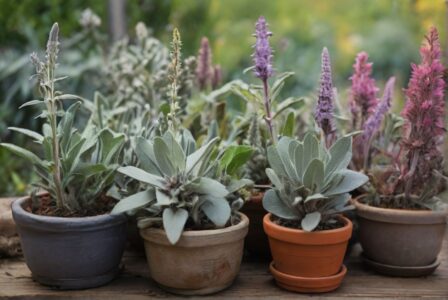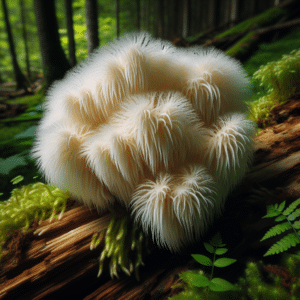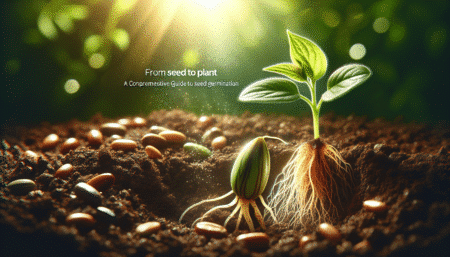- Atropa belladonna: Historical background
- Occurrence and cultivation
- Use
- Dangers
- Conclusion
Here you can find our Atropa belladonna "Lutea" seeds!
1 Atropa belladonna: Historical background
Atropa belladonna, also known as belladonna, is a plant with a rich and fascinating history. Even in ancient Greece and Rome, belladonna was highly valued for its medicinal properties. The Latin name "Atropa" goes back to the Roman goddess Atropos, who was responsible for death. This name reflects the poisonous nature of the plant.
Belladonna was also frequently used in the Middle Ages, both in medicine and magic. It was believed that the plant had supernatural powers and was able to cast spells on people. In fact, it was often used in love potions and witches' potions.
2. occurrence and cultivation
Belladonna is native to Europe, North Africa and parts of Asia. It prefers to grow in sparse forests and on dry slopes. The plant prefers calcareous soils and is often found near quarries.
In modern times, belladonna is also cultivated to make use of its medicinal properties. There are special cultivation areas where the plant is grown under controlled conditions. This allows for better quality and purity of the plant extracts used for medicinal purposes.
3. use
Belladonna has a long history of use in medicine. Its active ingredients are used to treat various ailments. One well-known area of application is pain relief, particularly for cramps and inflammatory diseases. The plant is also used to treat digestive problems, asthma and Parkinson's disease.
Belladonna is also used in homeopathy. In homeopathic medicine, the plant is used in a highly diluted form to treat certain symptoms. This approach is based on the principle of similarity, whereby a substance that causes certain symptoms in healthy people can alleviate similar symptoms in sick people.
4. dangers
Although belladonna is used medicinally, it also harbors dangers. All parts of the plant contain poisonous substances, especially the berries. Eating these berries can lead to severe poisoning, which can be life-threatening. It is therefore extremely important to use deadly nightshade only under medical supervision and never to pick or ingest it yourself.
Children who might think the berries are edible are particularly at risk. Poisoning can lead to symptoms such as visual disturbances, confusion, hallucinations and cardiac arrhythmia. If poisoning is suspected, medical help should be sought immediately.
5. conclusion
Atropa belladonna, the belladonna, has a fascinating history and a wide range of medicinal uses. However, its poisonous properties make it a plant that must be handled with care. Belladonna should always be used under medical supervision to minimize potential dangers.
Nevertheless, belladonna is an important plant in medicine and homeopathy and can play a valuable role in the treatment of certain ailments when used correctly. It is important to be aware of its proper use and potential dangers in order to safely reap the benefits of this fascinating plant.
Note: The information in this article is for informational purposes only and is not intended to replace the advice of a physician or other healthcare professional. Always consult a doctor before using any new herbs or supplements. Furthermore, you should always check whether certain plants are permitted in your country before growing them.

